High up in the mountains of Ethiopia, far from tourist trails and human settlements, lives a creature so rare most people have never even heard of it.
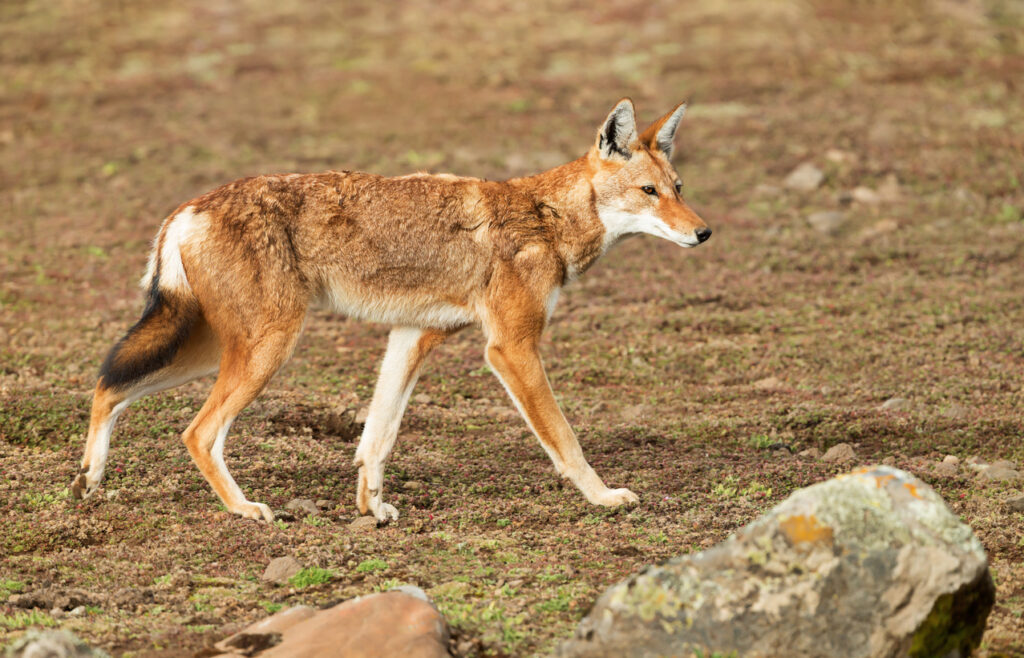
We’re talking, of course, about the Ethiopian wolf. With fewer than 500 individuals left in the wild, it’s not only the rarest wolf on Earth but also one of the most elusive. Here’s what makes this remarkable animal so unique, and why its survival is still hanging by a thread.
1. It only lives in Ethiopia’s highlands.
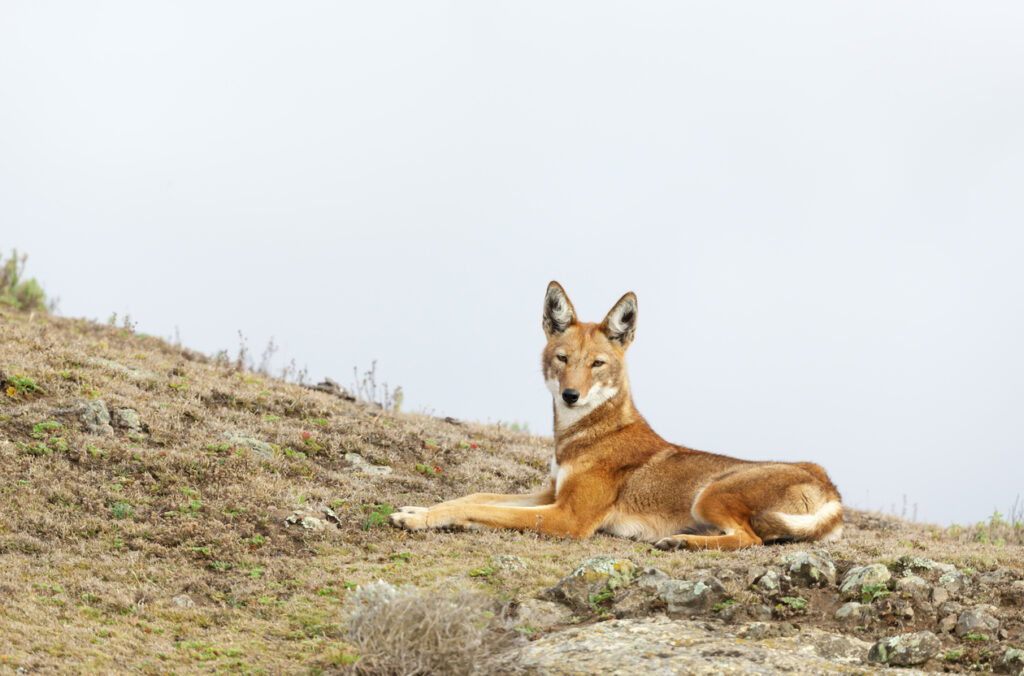
You won’t find the Ethiopian wolf roaming forests or howling at the moon in snowy landscapes. It lives exclusively in the Afroalpine regions of Ethiopia—grassy plateaus above 3,000 metres where the air is thin and the nights are cold. These highlands are remote and often difficult to reach, which has helped the wolves avoid some human pressure. But it also makes conservation challenging, with limited infrastructure and little public awareness of their plight.
2. It looks more like a fox than a wolf.

Despite its name, the Ethiopian wolf doesn’t look like the grey wolves most people picture. With a slender frame, reddish-orange coat, and a narrow snout, it resembles a large fox or jackal at first glance. However, it is indeed a true wolf—the rarest and most specialised member of the Canis family. Its delicate build and sharp features are perfectly suited to the high-altitude grasslands where it hunts small, fast prey.
3. It’s a specialist rodent hunter.
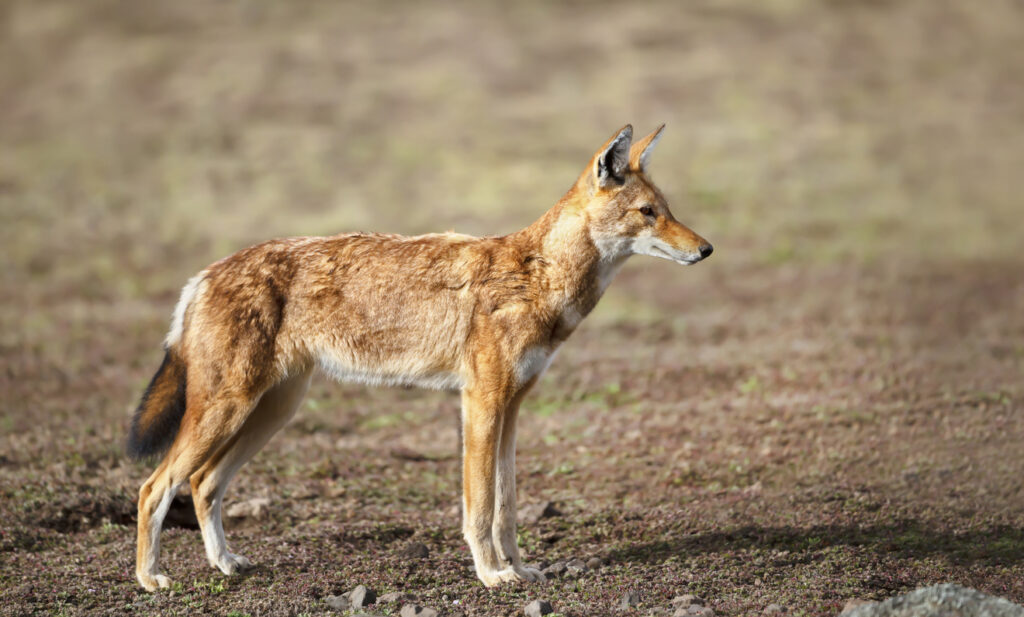
Unlike other wolves that hunt in packs and take down large prey, the Ethiopian wolf is a solo hunter with a taste for rodents. Its diet mostly consists of giant mole rats and grass rats that burrow beneath the plateau soil. This niche hunting strategy has helped it thrive in an environment where few other predators can survive, but it also makes it incredibly vulnerable if rodent populations decline due to habitat loss or climate change.
4. Its social life is surprisingly complex.
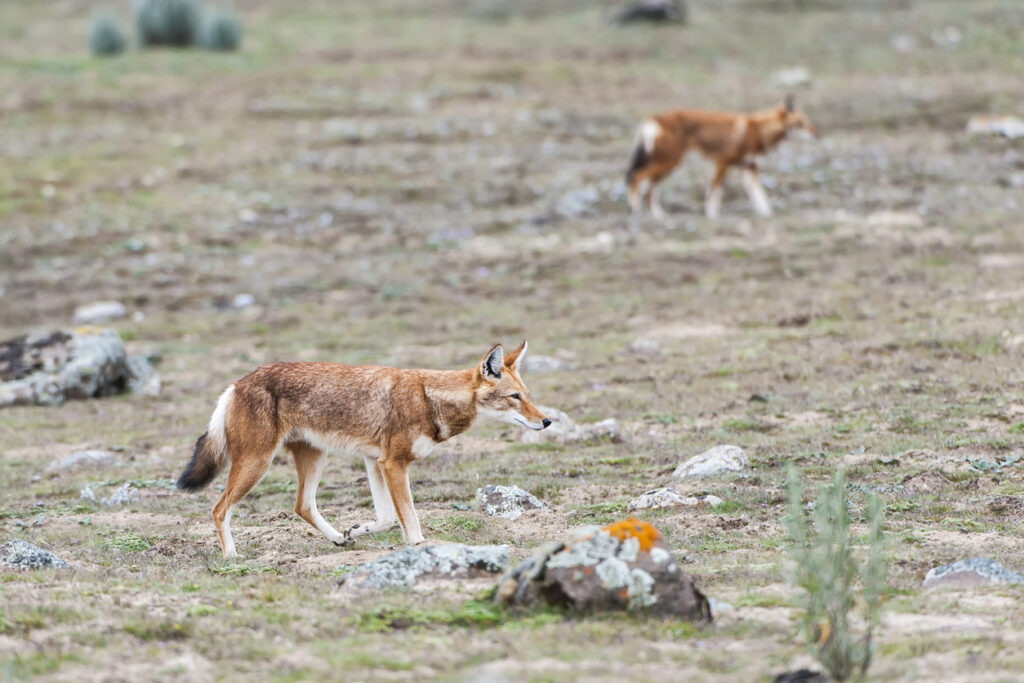
Ethiopian wolves live in social packs, often made up of related females and a dominant male, but they hunt alone. This unique mix of cooperation and independence is rare among canines. The pack structure helps with territory defence and raising pups, but individuals still maintain personal space when it comes to feeding. It’s a delicate social balance that works surprisingly well—until human interference throws it off course.
5. Habitat fragmentation is a major threat.
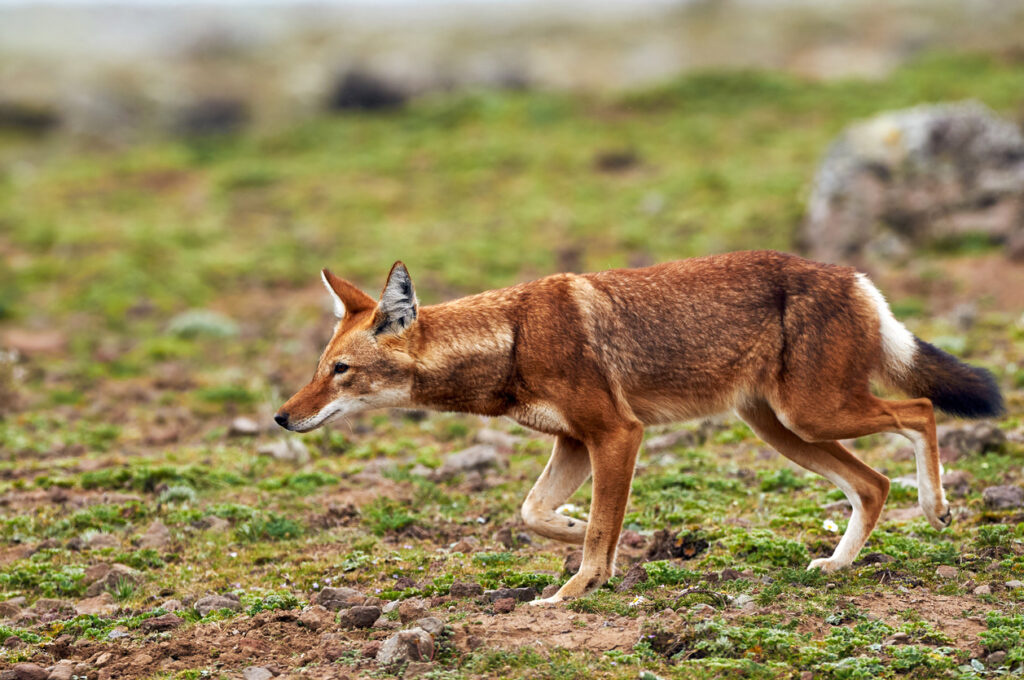
The biggest threat to Ethiopian wolves isn’t poaching or direct hunting—it’s the slow, creeping fragmentation of their mountain habitat. As agriculture expands higher into the highlands, the wolves are being pushed into smaller, more isolated patches of land.
This makes it harder for different groups to interbreed, reducing genetic diversity and increasing the risk of disease spread. It also raises the chances of conflict with domestic dogs, which brings its own set of problems.
6. They’re highly susceptible to disease from domestic dogs.
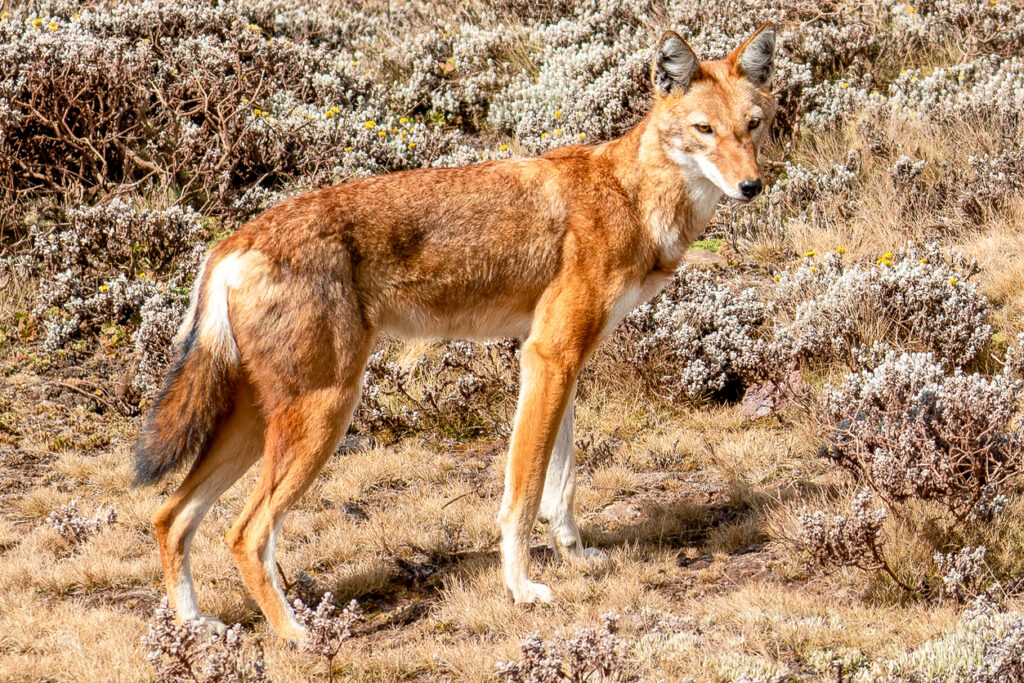
With human settlements creeping closer to wolf territory, contact with domestic dogs has increased. And with it, the risk of deadly diseases like rabies and canine distemper has skyrocketed. Entire packs of Ethiopian wolves have been wiped out by outbreaks. Vaccination campaigns have helped, but the remoteness of their habitat makes long-term protection difficult. A single disease outbreak can undo years of conservation work.
7. Climate change is shrinking their world.
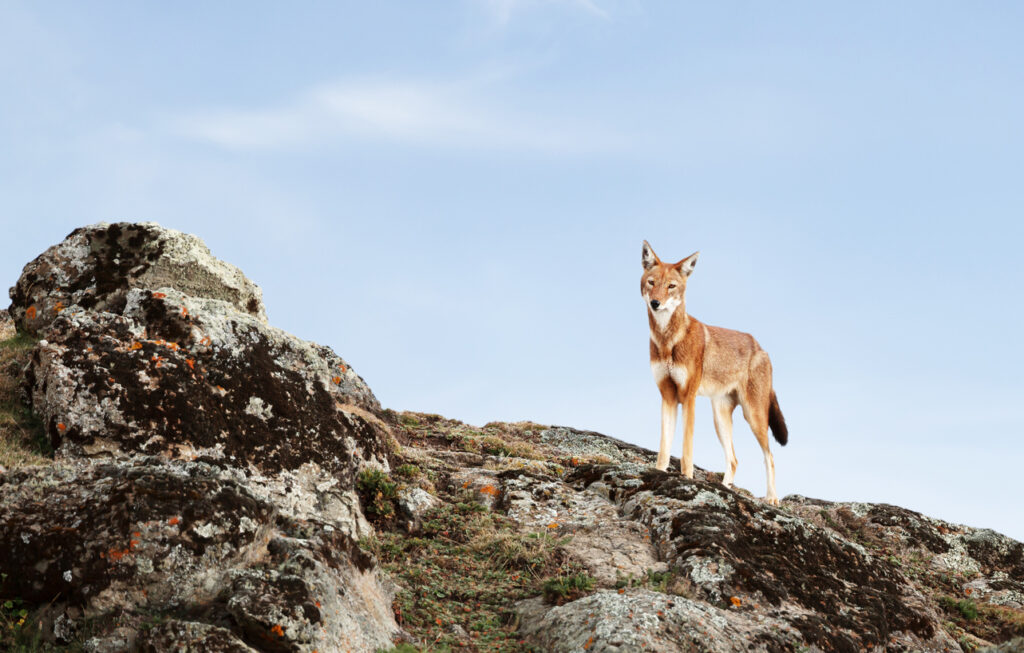
As global temperatures rise, suitable habitat for Ethiopian wolves is being pushed further and further uphill. The problem? There’s only so much mountain to go around. This process, called “altitudinal squeeze,” could eventually trap them on mountaintop islands, surrounded by farmland and human settlements. It’s a slow but relentless threat that’s easy to overlook until it’s too late.
8. They’re more tolerant of humans than you’d expect.
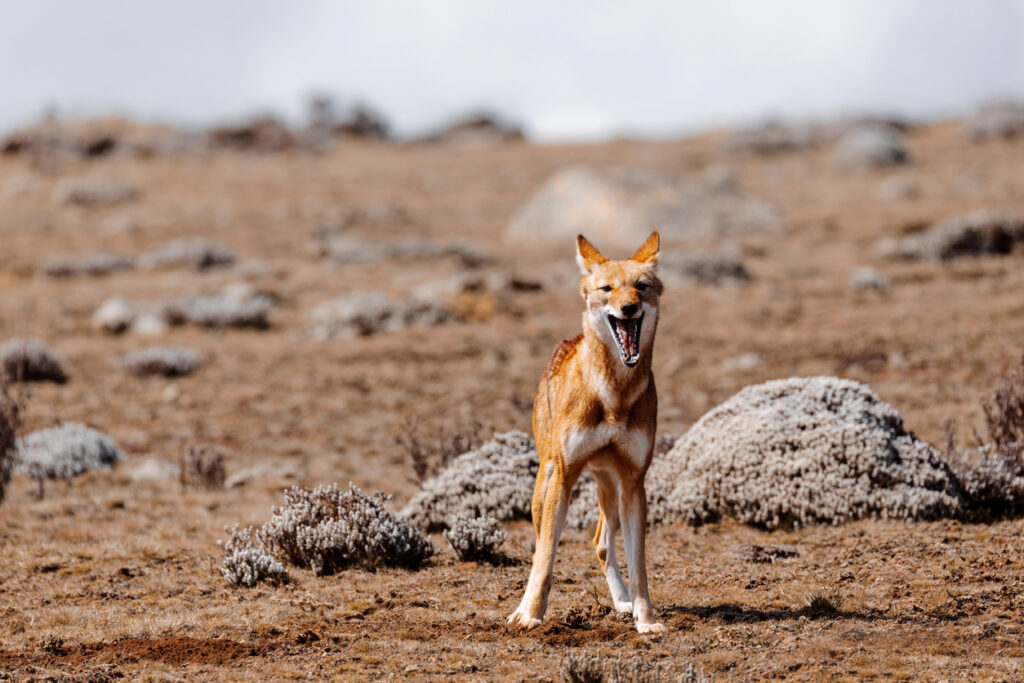
Despite their fragile situation, Ethiopian wolves aren’t especially shy. In some regions, they live remarkably close to livestock and rural homes, even trotting through farmlands on occasion. However, this tolerance is a double-edged sword. While it reduces the risk of outright persecution, it also increases exposure to disease and conflict. Coexistence is possible, but it requires careful balance and constant monitoring.
9. Most people don’t even know they exist.

Ask someone to name a rare wild dog, and they might mention African painted wolves or Arctic wolves—but few will bring up Ethiopia’s mountain ghost. The Ethiopian wolf flies completely under the radar. This lack of awareness makes conservation harder. Without global attention or high-profile campaigns, funding is limited, and political will is slow. Raising the profile of this species is half the battle.
10. Conservation efforts are underway, but under pressure.
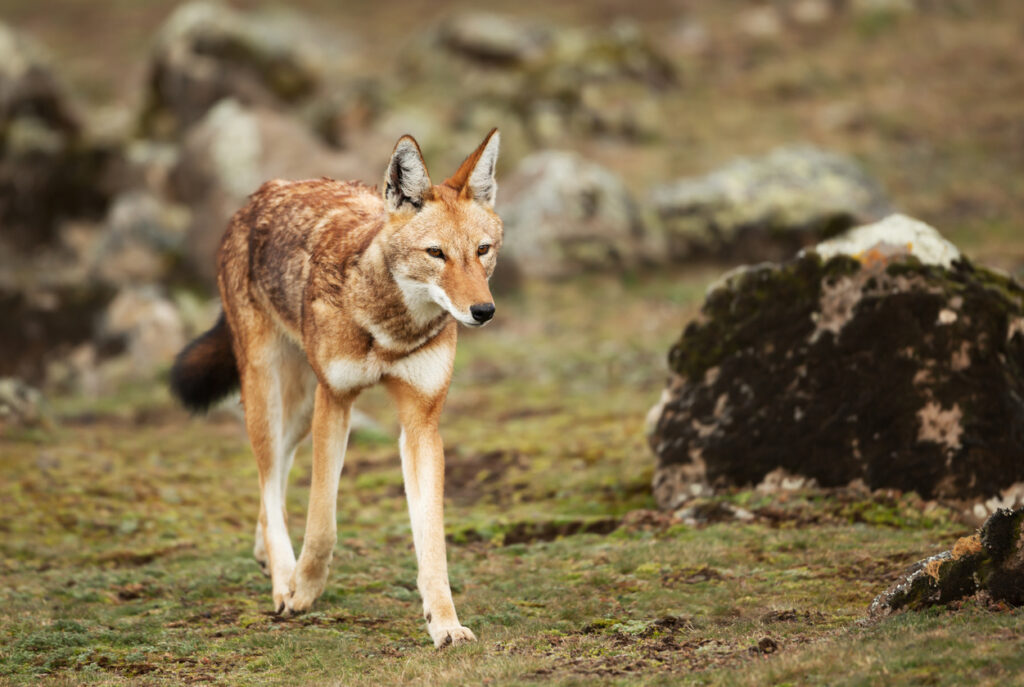
Organisations like the Ethiopian Wolf Conservation Programme have been working for decades to protect the species, combining scientific research with local community outreach and education. However, conservation is expensive, and the challenges—disease, development, climate—keep growing. Without consistent international support, it’s difficult to keep up the level of monitoring and intervention these wolves need to survive.
11. Their genetic diversity is dangerously low.
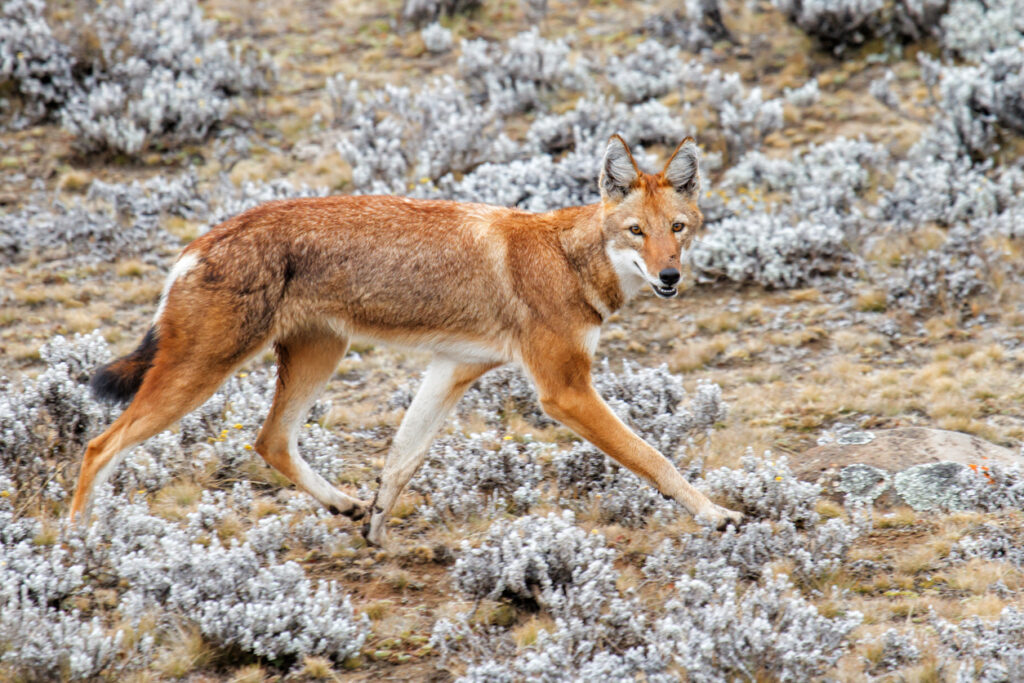
With so few individuals scattered across separate regions, inbreeding is becoming a serious concern. Genetic diversity helps a species adapt to disease, climate, and environmental stress, but the Ethiopian wolf’s gene pool is shallow. If isolated groups can’t reconnect, this problem will only get worse over time. Protecting wildlife corridors and keeping populations linked is critical to their long-term survival.
12. They represent something truly irreplaceable.
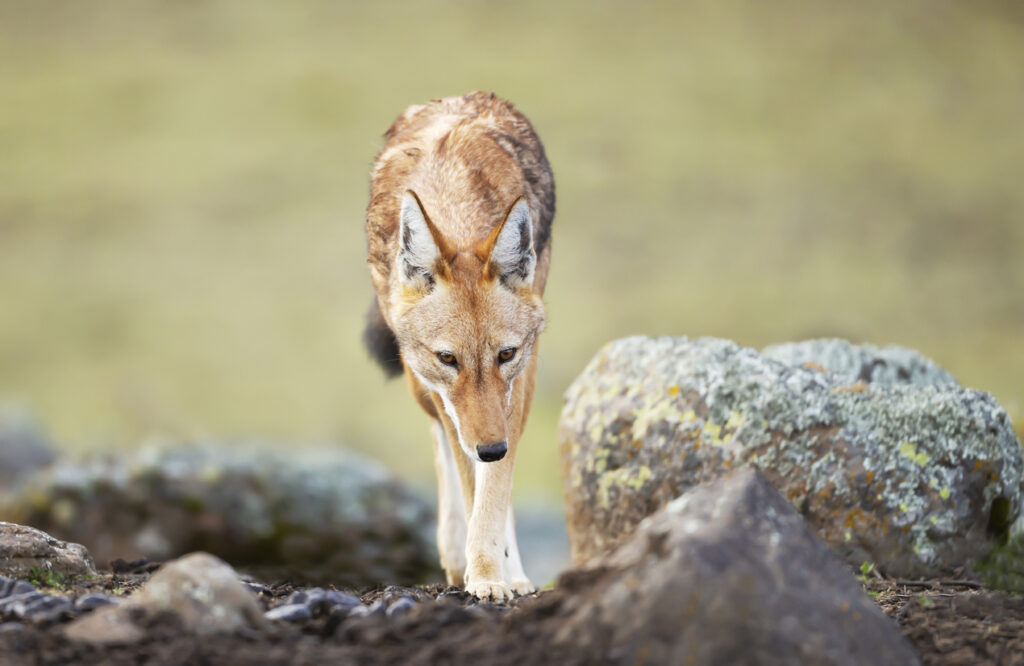
The Ethiopian wolf isn’t just rare—it’s the only wolf species found in Africa, and the only one adapted to live in high-altitude ecosystems. It holds a unique place in the world’s biodiversity. Losing it wouldn’t just mean the extinction of a single species. It would mean the disappearance of an entire evolutionary story—a branch of the wolf family tree that has survived against the odds in one of Earth’s most isolated environments.